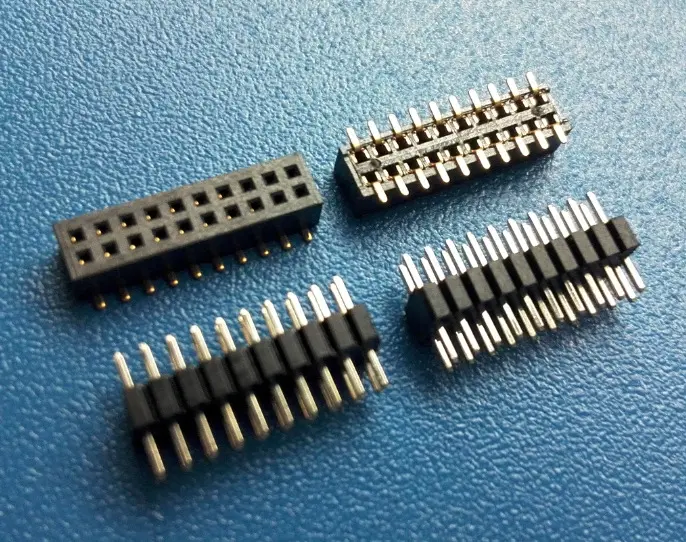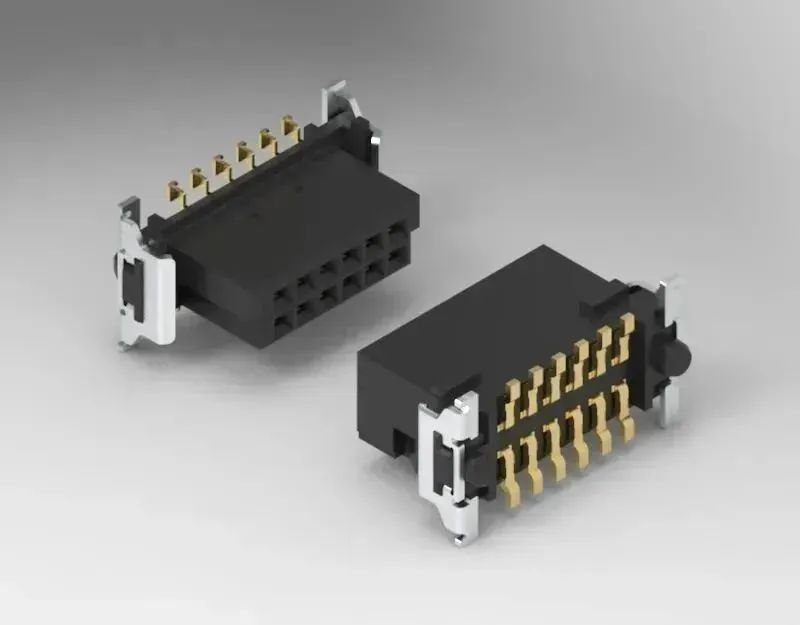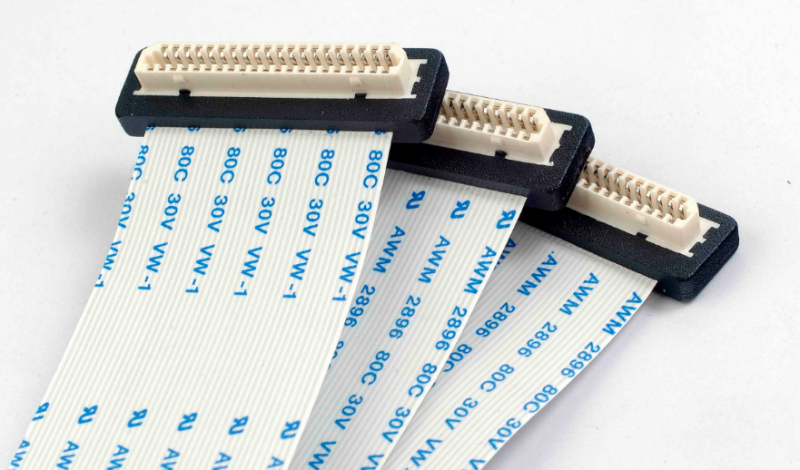- What is a board-to-board connector?

Board-to-board connector (BTB for short) is an essential device for power and signal coupling connection in precision circuits. With the continuous improvement of product complexity and circuit design scale, board-to-board connectors are also developing in the direction of high speed, high power density, and light and thin along with market demand.
2. Classification and characteristics of board-to-board connectors
In actual use, we will consider which type of board-to-board connector to use based on the usage scenario, appearance structure, connection performance, and comprehensive cost.
Pin header/female header
Pin headers and female headers, also known as socket headers, are the cheapest and most common connection methods.
Application scenarios: low-end, large-sized smart devices, development boards, debugging boards, etc.
Advantages: cheap, convenient, hard connection is very stable, strong over-current capability, convenient for wire welding and testing.
Disadvantages: large size, difficult to bend, large spacing, difficult to connect hundreds of pins.

High-end board-to-board connectors
It is denser than pin headers and is used a lot on compact products.
Application scenario: It is basically used in conventional smart hardware products, and it is widely used.
Advantages: large number of pins, small size, 40 pins can be made in a length of 1 cm (only 20 pins of the same size can be made).
Disadvantages: expensive, cannot be plugged and unplugged frequently, and the structural design needs to be fixed.

Thickened Board-to-Board Connectors
Board-to-board, and board-to-wire, can be disassembled, merged, and inserted into pin headers.
Use scenarios: development boards, test boards, and large and fixed equipment (such as computer case wiring).
Advantages: cheap, common, used with pin headers, very easy to connect and measure.
Disadvantages: large size, not easy to fix, not suitable for mass production scenarios.

FPC Connector Insertion/ZIF Connector
Many smart hardware devices need to pull the signal out of the main board. FPC is the best choice because it can be bent, small in size, and changeable in shape.
Usage scenarios: the connection between the main board and sub-board, the connection between the main board and peripherals, lines that need to be bent, and compact product space.
Pros: Compact and cheap.

3. How to choose a board-to-board connector?
Structural Dimensions of the Connector
First of all, pay attention to the external dimensions of the connector. When paying attention to whether the installation space of the connector will interfere with other parts, select the appropriate connector and fixing method according to the space size. For the connector itself, attention should be paid to the pins and pitch. The number of pins to choose from depends on the number of connected signals. For some SMD connectors, the number of pins should not be too many. Because during the welding process of the placement machine, the plastic of the connector will be deformed by heat due to the high temperature, and the middle part will bulge, causing the pin to be soldered.

Electrical performance of the connector
The electrical properties of the connector mainly include: limiting current, contact resistance, insulation resistance, and dielectric strength. When connecting a high-power power supply, pay attention to the limited current of the connector, do a derating design, and pay attention to the withstand voltage value between the pins.
Pay attention to contact resistance when transmitting high-frequency signals (such as LVDS and other signals). Connectors usually have low and constant contact resistance, generally ranging from tens of mΩ to hundreds of mΩ. For signals with impedance requirements, attention should be paid to impedance matching to avoid signal reflection.
Mechanical Properties of Connectors
The mechanical properties of the connector include insertion force, insertion frequency, and mechanical foolproofing. Some signal interfaces need to be plugged and unplugged frequently. When choosing a connector, pay more attention to the plugging force and the number of plugging and plugging times of the connector.
Mechanical fool-proofing is very important to the connector, once it is reversed, it may cause irreversible damage to the circuit.
Environmental Performance of Connectors
If the application environment is relatively humid, the requirements for moisture resistance and salt spray resistance of the connector are high, and it is necessary to ensure that the metal contacts of the connector are not corroded. In the field of industrial control, the requirements for the anti-vibration and shock performance of the connector are high, so as to prevent the connector from falling off during the vibration process.
